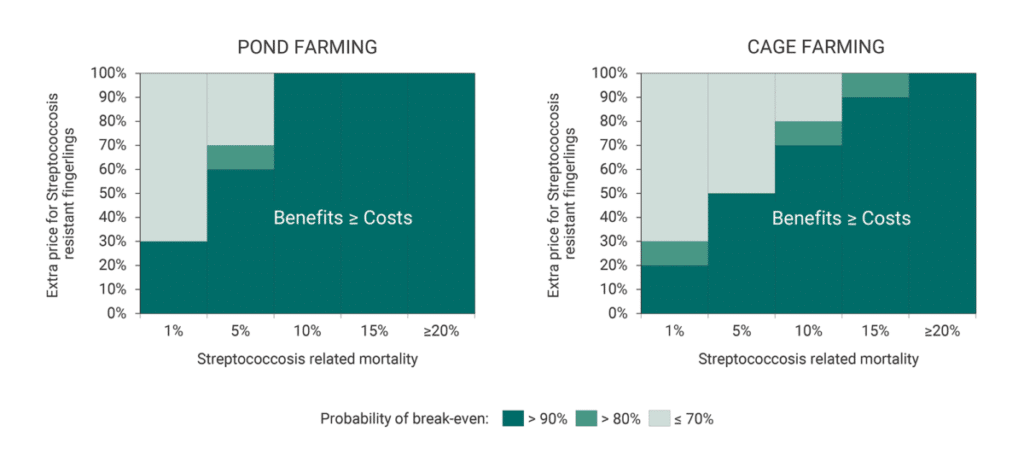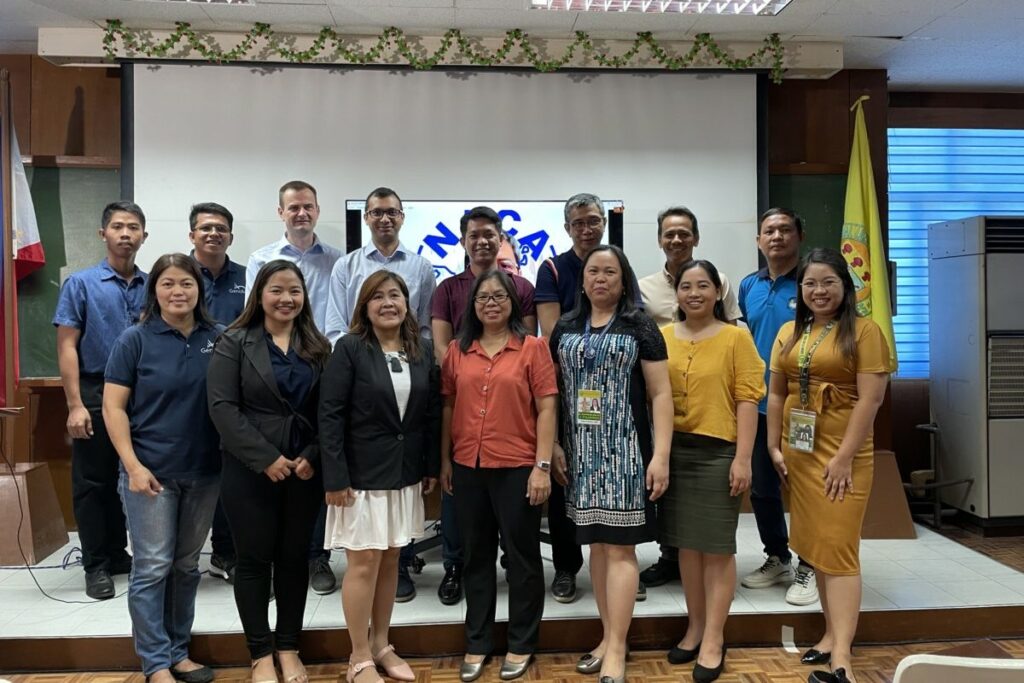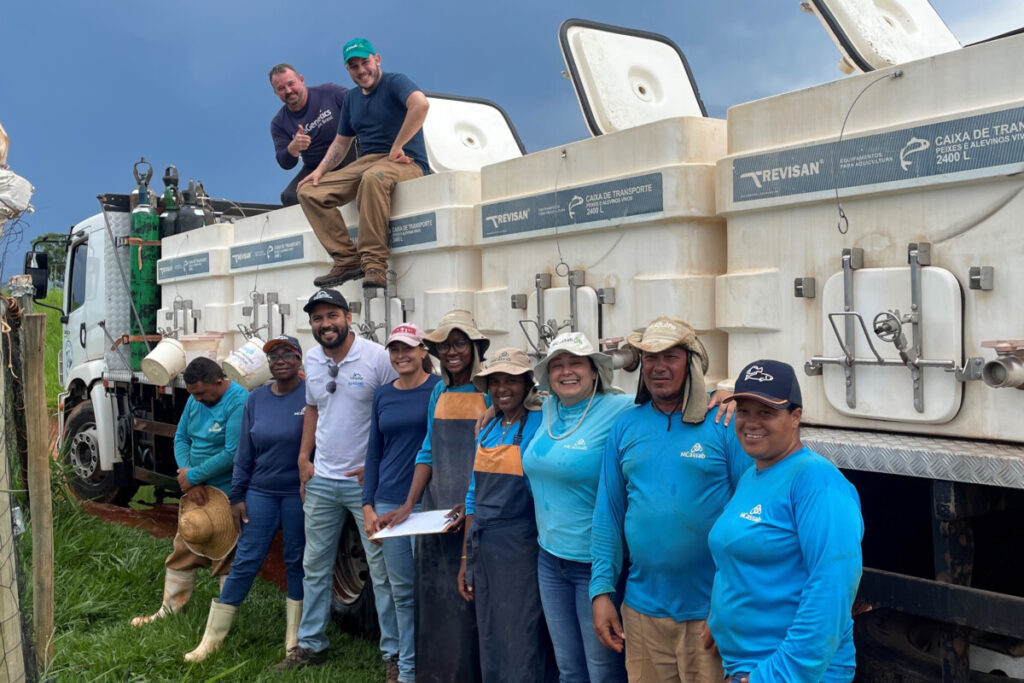
A scientific study, analysing the cost-benefit of using genetically selected Streptococcosis-resistant fingerlings in farming of Nile Tilapia has recently been published in Nature – Scientific Reports. The results demonstrate that tilapia farmers made significantly additional profits in both ponds and cages even at low levels of Streptococcosis-related mortality.
Replacing antibiotics with more sustainable control methods
Streptococcosis is one of the most important infectious diseases affecting tilapia aquaculture worldwide. The disease causes reduced survival, downgraded product quality and seriously impacts profitability in tilapia enterprises.
In most parts of the world and specially among small and medium-sized tilapia farmers, the only control measures farmers have at hand is to make husbandry changes in their production systems such as reduce feeding or increased aeration and water exchange.
Antibiotics are also commonly used and accessible for tilapia farmers. The number of approved aquatic antimicrobials is however extremely limited. The indiscriminate and inaccurate application of oral antibiotics for control of aquatic diseases is a growing concern for veterinary and public health authorities due to risk of developing antimicrobial resistance.
Vaccination strategies by intraperitoneal injection are gaining momentum within the most professional farmers. The uptake in Asian tilapia aquaculture, where small and medium scale farmers are the norm is limited due to requirements for a minimum size at vaccination of 10-15 grams and complex administration.
Preventive genetic strategy to control diseases
Breeding animals for higher genetic tolerance / resistance to diseases is a promising innovation that has demonstrated its value in other livestock and aquatic species. In the case of breeding for Streptococcosis-resistance in tilapia, we see the following advantages of the technology for the tilapia industry:
- Accessible to farmers of all sizes and has no barriers to adoption
- Lasts the entire life of the fish and genetic gain in resistance is accumulative over generations of breeding
- No cost of administration since the innovation is already inside the genetic makeup of the fish
Genetically resistant fingerlings will contribute to increased survival, increased feed efficiency, and better growth leading to higher net return.
Beneficial to rear Streptococcosis-resistant tilapia
After five years of R&D work and field testing, GenoMar launched Streptococcosis-resistant tilapia in the Asian market in early 2021, under the name GENOMAR STRONG. The documented protection against Streptococcosis of 30-35% RPS [Relative Percent Survival] was used in an economic break-even analysis. The results showed that genetically selected Streptococcosis-resistant tilapia fingerlings were profitable for farmers in both pond and cage culture systems where Streptococcosis is the production constraint.
This study to perform the economic evaluation will help the farmers to understand the economic value of using genetically selected tilapia fingerlings for their production.

The direct economic benefits and costs of rearing disease resistant tilapia are important for the farmers to consider. However, there are also social and environmental benefits of using the technology such as improved overall fish resilience, reduced use of antibiotics, lower generation of mortality waste and higher resource efficiency. All these contributions will support the development of a more sustainable aquaculture value chain.
The full scientific article can be read here:
Delphino, M., Joshi, R. & Alvarez, A.T. Economic appraisal of using genetics to control Streptococcus agalactiae in Nile tilapia under cage and pond farming system in Malaysia. Sci Rep 12, 8754 2022.




